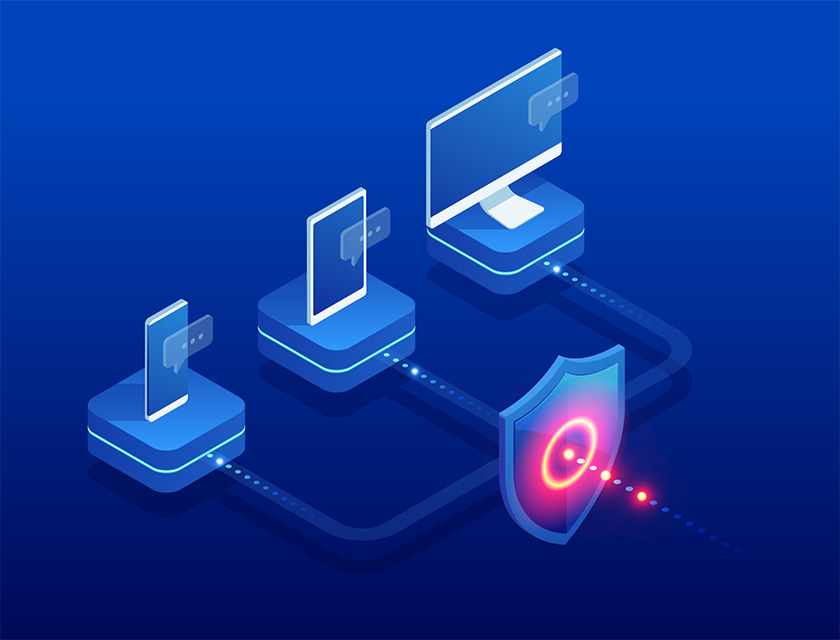Learn about how digitalisation enables businesses to grow by accessing our guides, case studies and more. Sign up now for free to receive new content updates.
As a busy business owner, it’s often hard to keep ahead of cyber threats and information security. Even the largest organisations struggle to keep pace with the ever changing face of IT security and the challenges it poses. Here are 20 important cybersecurity terms you should know.
